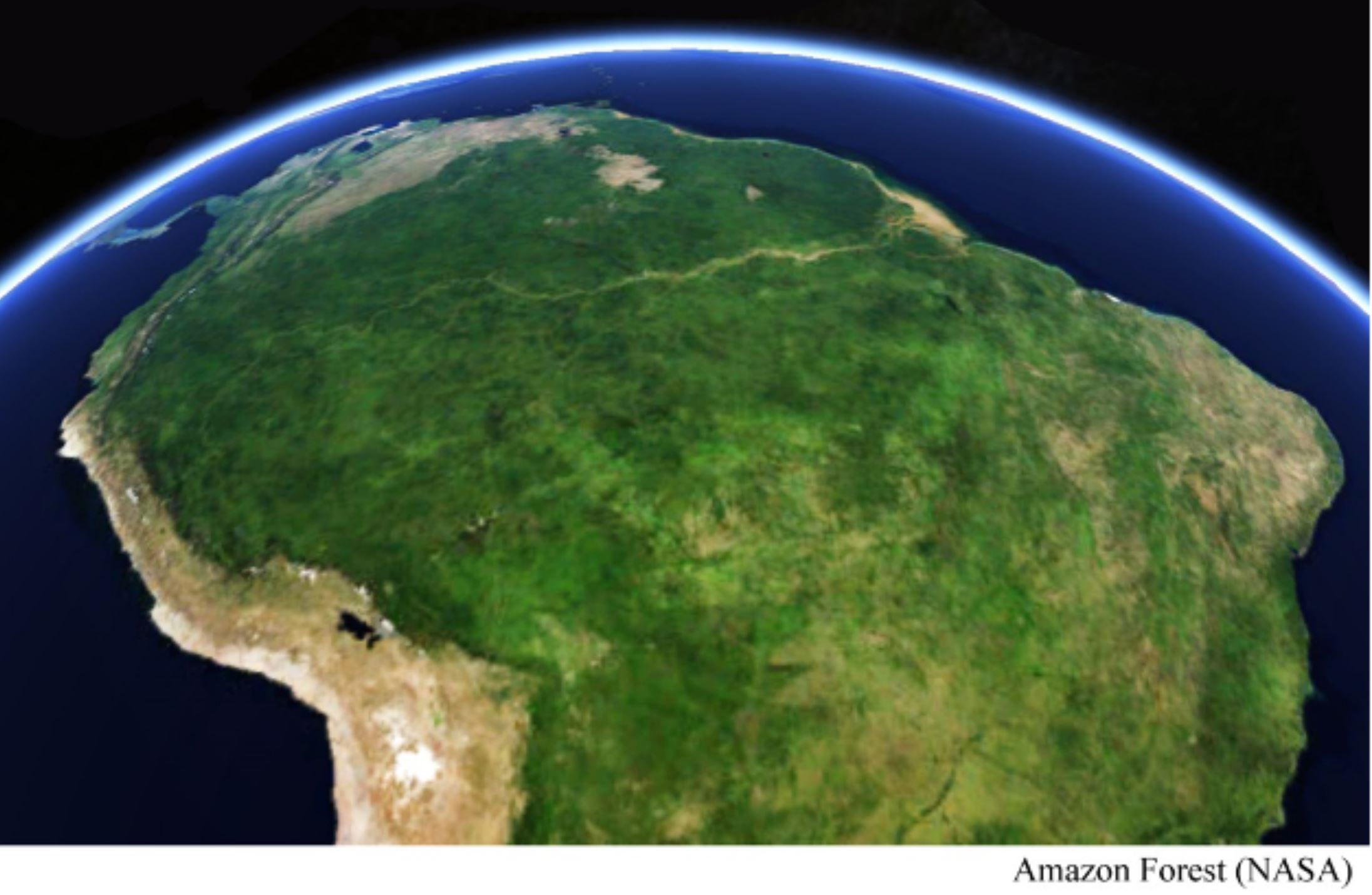Today, world forested areas are still shrinking, but at a decreasing rate. The UN reports that from 1990 to 2015, global forested area declined by about three percent, but that the net rate of forest loss decreased by about 50 percent from previous decades. Developing nations in Africa, Central and South America, and Southeast Asia continue to lose forests, but forests are stable or growing in North America, Europe, and most of Asia.
Today, forested area is declining in about one-third of the world’s countries, stable in one-third, and growing in one third. Forests are stable or growing in more than 100 nations, including Australia, Canada, China, India, Japan, New Zealand, Russia, the US, and in most of Europe.
Forests in the United States have been growing for about 50 years. Today, more than 90 percent of US paper comes from high-yield forests planted specifically to be harvested. Company promotional campaigns to “go electronic and save a tree” have little factual basis, at least in the US.
As the income of nations rises, deforestation changes to forest regrowth. Modern high-yield agriculture techniques reduce the need for additional farmland. Modern fuels, such as propane and natural gas replace wood for heating and cooking. The great promise of forest regrowth can be achieved by boosting the income of nations and the adoption of high-yield farming techniques, not by coercive sustainable policies to restrict forestry or agriculture.
Paradoxically, policies to “fight climate change” are causing deforestation. Biofuel programs pursued by Europe and the United States during the last two decades caused an additional 41 million hectares of land to be used for ethanol and biodiesel production, an area the size of Germany. Rain forests in Indonesia have been cut down and replaced with palm oil plantations, so that feedstock for biodiesel can be shipped 10,000 miles to Germany to meet biofuel targets.
At the same time, evidence shows that rising atmospheric carbon dioxide, partly driven by industrial emissions, is boosting forest growth. Satellite data shows an eleven percent growth in global leaf area from 1982 to 2010. Scientists attribute most of this growth to rising atmospheric carbon dioxide.
Despite all the concern about deforestation, the great news is that world forests will be growing on net within the next few decades.


Flimsy foundations.
They excel at making something from nothing.
Boreal forests in Alaska are expanding. Boreal forests in the same latitudes in Canada are not.
????
Most of the global greening is probably the result of the reduction in evapo-transpiration that results from higher CO2 in the atmosphere. Plants adapt by developing smaller stomata, which reduces loss of moisture.
Also, long-term geological process tend to sequester CO2. These processes tend toward starvation of C3 plants.The evolution of C4 plants was probably an adaptation to declining atmospheric CO2 and possibly also to reduced rainfall.
The problem in the interior of western Canada is that the climate is continental (cold and dry), while much of the west coast of Canada and Alaska has a marine climate (cool and wet, especially in winter).
The Canadian northwest interior lies in the rain shadow of the western mountains and since both water and CO2 are necessary for photosynthesis Alaska and the west coast of Canada benefit more than the interior of Canada.
Generally, in North America the vegetation on the coast is adapted to winter rainfall and summer drought, whereas the interior has reduced rainfall year round. Further south in the US, the North American Monsoon brings rainfall in from the southeast but the Canadian northwestern interior is too far north to benefit much from the monsoon.
The northern coasts of Alaska may benefit from ocean currents entering the Arctic via the Bering Strait. Unfortunately, Earth scientists and climatologists tend to ignore the impacts of ocean currents on both climate and weather. So we need to understand more about oceanography to understand regional differences in climate.
In 2015 Judith Curry posted a review of a free book by the oceanographer Alan Longhurst that is well worth reading.
https://judithcurry.com/2015/09/20/new-book-doubt-and-certainty-in-climate-science/
https://curryja.files.wordpress.com/2015/09/longhurst-print.pdf
Yesterday I downloaded the book from the link that Dr Curry provided and intend to read it again this week.
The change at the Alaska/Canada border prompted my question.
Thanks for the reply.
B
:”Today, world forested areas are still shrinking, but at a decreasing rate.”
The article correctly states that climate-mitigation policies cause exceptions to this trend because of bio-fuel promotion. Also, forests are being cleared for wind farms and perhaps also for solar-farms(?)
The UK is one of the worst offenders by permitting the generation of electricity from wood chips sourced from the sourthern states of the USA. Drax continues to expand its use of wood as a fuel in its power plants.
The World Bank and the WHO have documented worldwide hazards to health from burning wood as fuel.
Wood has higher levels of volatiles and is thus a potentially a worse pollutant than bituminous coal, brown coal and lignite, depending on the technology used to reduce the emission of noxious substances.
DRAX use of wood as fuel is an abomination.